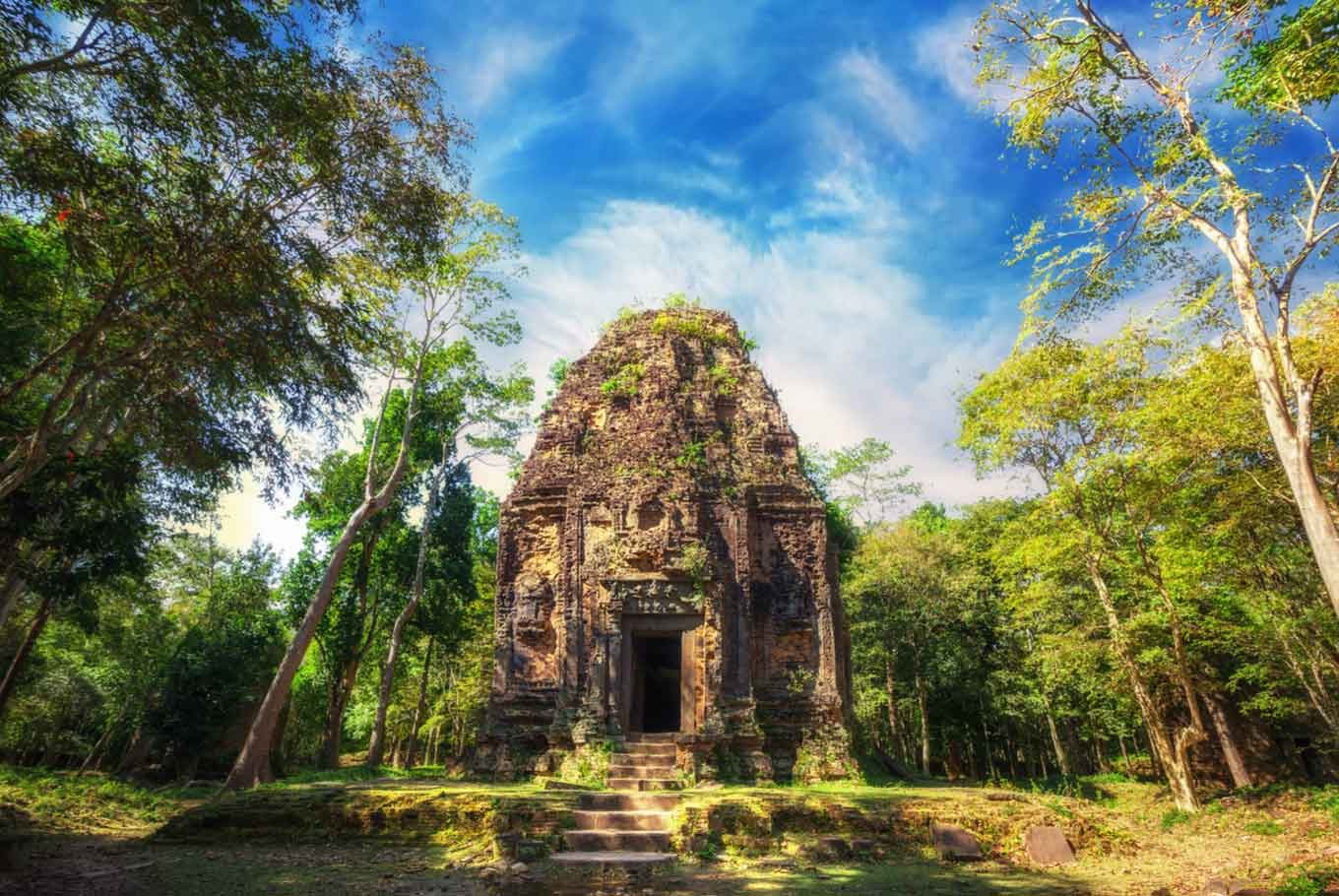Popular Reads
Top Results
Can't find what you're looking for?
View all search resultsPopular Reads
Top Results
Can't find what you're looking for?
View all search resultsWhat to Know: 2017 Asian additions to UNESCO World Heritage List
Change text size
Gift Premium Articles
to Anyone
As many as six sites in Asia have been added to UNESCO's World Heritage List this year.
The World Heritage Committee early this month commenced its 41st session in Krakow, Poland. An inscription session, a designated meeting held to consider additions to the World Heritage List, gradually announced the new sites from July 2 to July 9.
By the end of the week, UNESCO announced a total addition of 22 new sites to the list, including cultural and natural sites spread across regions in Africa, Asia, Europe and the Middle East.
Read also: Indonesia postpones plan to propose Kota Tua as world heritage site until next year
Among them are the following six Asian sites:
Temple Zone of Sambor Prei Kuk
Where: Cambodia
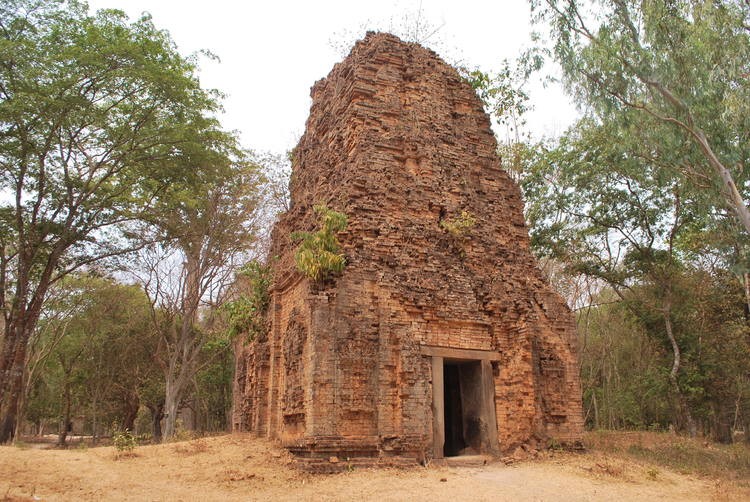 Sambor Prei Kuk Archeological Site representing the Cultural Landscape of Ancient Ishanapura in Cambodia. (UNESCO/So Sokun Theary)
Sambor Prei Kuk Archeological Site representing the Cultural Landscape of Ancient Ishanapura in Cambodia. (UNESCO/So Sokun Theary)
Cambodia's ancient temple complex is the only new site in Southeast Asia and brings the number of heritage sites in the country to three.
Sambor Prei Kuk, which means "the temple in the richness of the forest" in the Khmer language, is an archaeological site spanning 25 square kilometers. The site has been identified as the ancient royal center of Ishanapura, the capital of the Chenla Empire that flourished in the late 6th and early 7th centuries AD.
The area includes a walled city center as well as numerous temples, ten of which are octagonal and unique in their Southeast Asian aesthetic. Elements decorated in sandstone are a particular characteristic of the pre-Angkor architecture, known as the Sambor Prei Kuk Style.
"Some of these elements, including lintels, pediments and colonnades, are true masterpieces. The art and architecture developed here became models for other parts of the region and lay the ground for the unique Khmer style of the Angkor period," said a statement on the UNESCO World Heritage website.
Okinoshima and Associated Sites, Munakata
Where: Japan
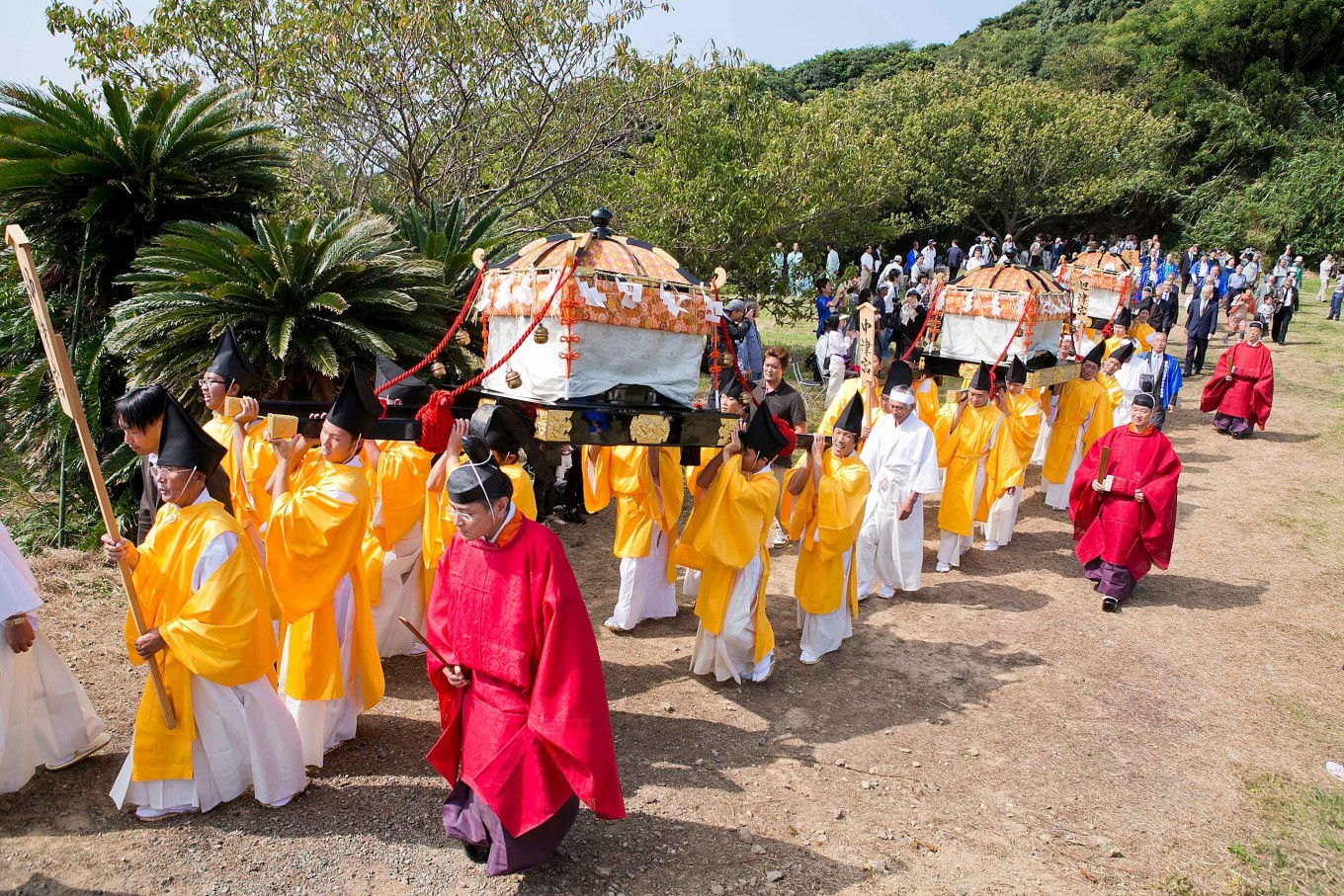 Japan's Sacred Island of Okinoshima and Associated Sites in the Munakata Region: Miare Festival (land procession).(World Heritage Promotion Committee via UNESCO/Imaki Hidekazu)
Japan's Sacred Island of Okinoshima and Associated Sites in the Munakata Region: Miare Festival (land procession).(World Heritage Promotion Committee via UNESCO/Imaki Hidekazu)
Japan's Okinoshima is located 60 kilometers off the western coast of Kyushu Island, in the Munakata region of Fukuoka Prefecture.
Home to the Okitsu Shrine, which was built in the 17th century, the island was an area of worship to pray for the safety of sailors as well as a site of successful exchanges with the people of the Korean Peninsula and China between the 4th and 9th centuries, according to a report by The Japan Times.
"The archaeological sites that have been preserved on the island are virtually intact, and provide a chronological record of how the rituals performed there changed from the 4th to the 9th centuries CE [Common Era/AD]," UNESCO said on its website.
Still considered sacred, the island continues to maintain its traditions, including its prohibition of women.
Okinoshima only allows 200 men on the island on May 27 each year, as reported by the BBC. The men must disrobe and undergo a purification ritual on its shores before they set foot on the island.
Read also: UNESCO World Heritage Sites under threat around the world
Historic City of Ahmedabad
Where: India
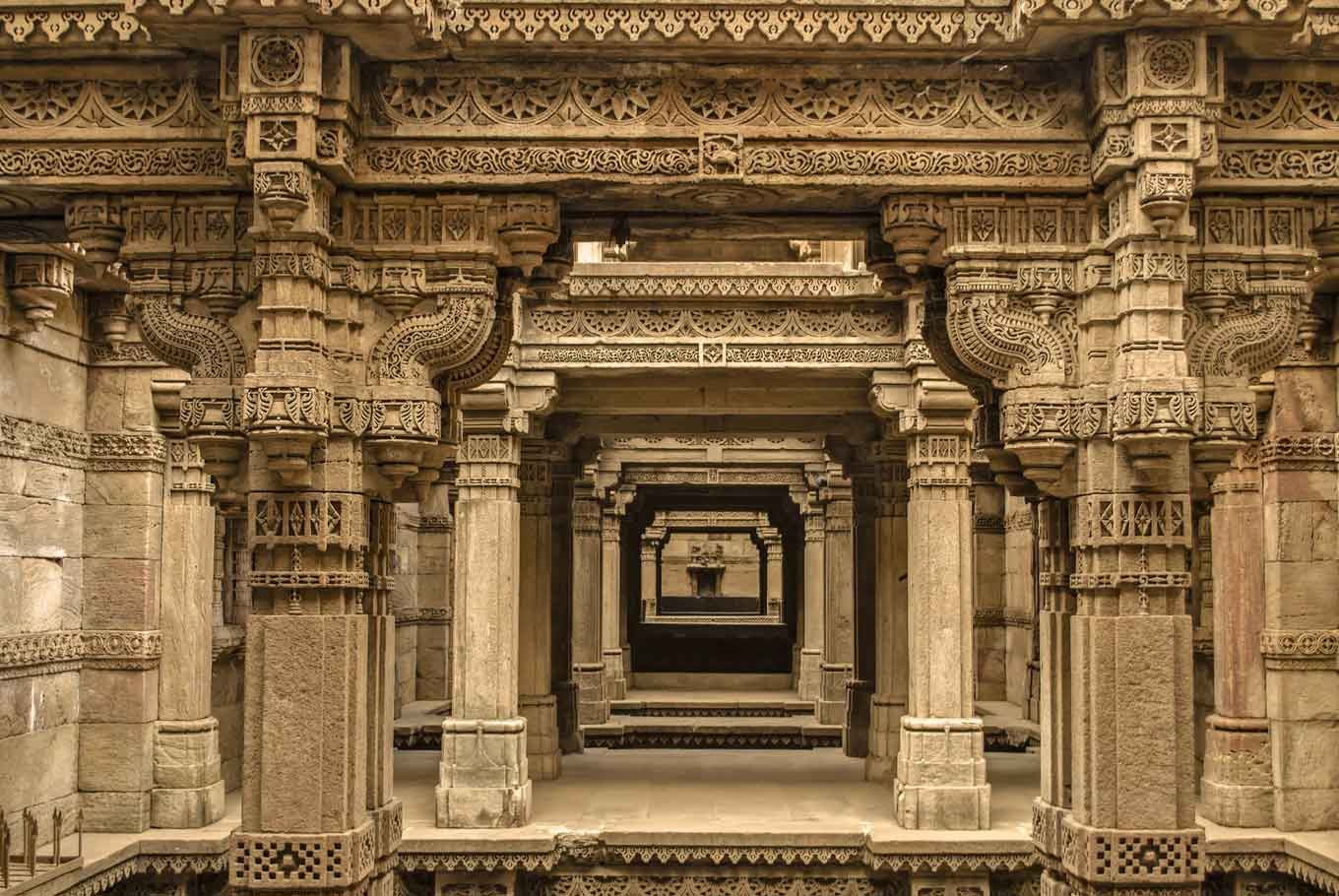 The Adalaj step well at the Indian heritage tourist site Ahmedabad, Gujarat.(Shutterstock/File)
The Adalaj step well at the Indian heritage tourist site Ahmedabad, Gujarat.(Shutterstock/File)
Ahmedabad is a walled city that was founded by Sultan Ahmad Shah in the 15th century, and continues to flourish as the capital of Gujarat state for six centuries to the present.
"The urban fabric is made up of densely packed traditional houses (pols) in gated traditional streets (puras) with characteristic features such as bird feeders, public wells and religious institutions," UNESCO stated.
Located on the eastern bank of the Sabarmati River, the UNESCO notes that the site presents a rich architectural heritage from the sultanate period, especially in the citadel of Bhadra.
Bhadra, which is located inside the walled site, is a fort city with walls and gates surrounding numerous mosques and tombs, as well as important Hindu and Jain temples of later periods within the citadel.
Historic International Settlement of Kulangsu
Where: China
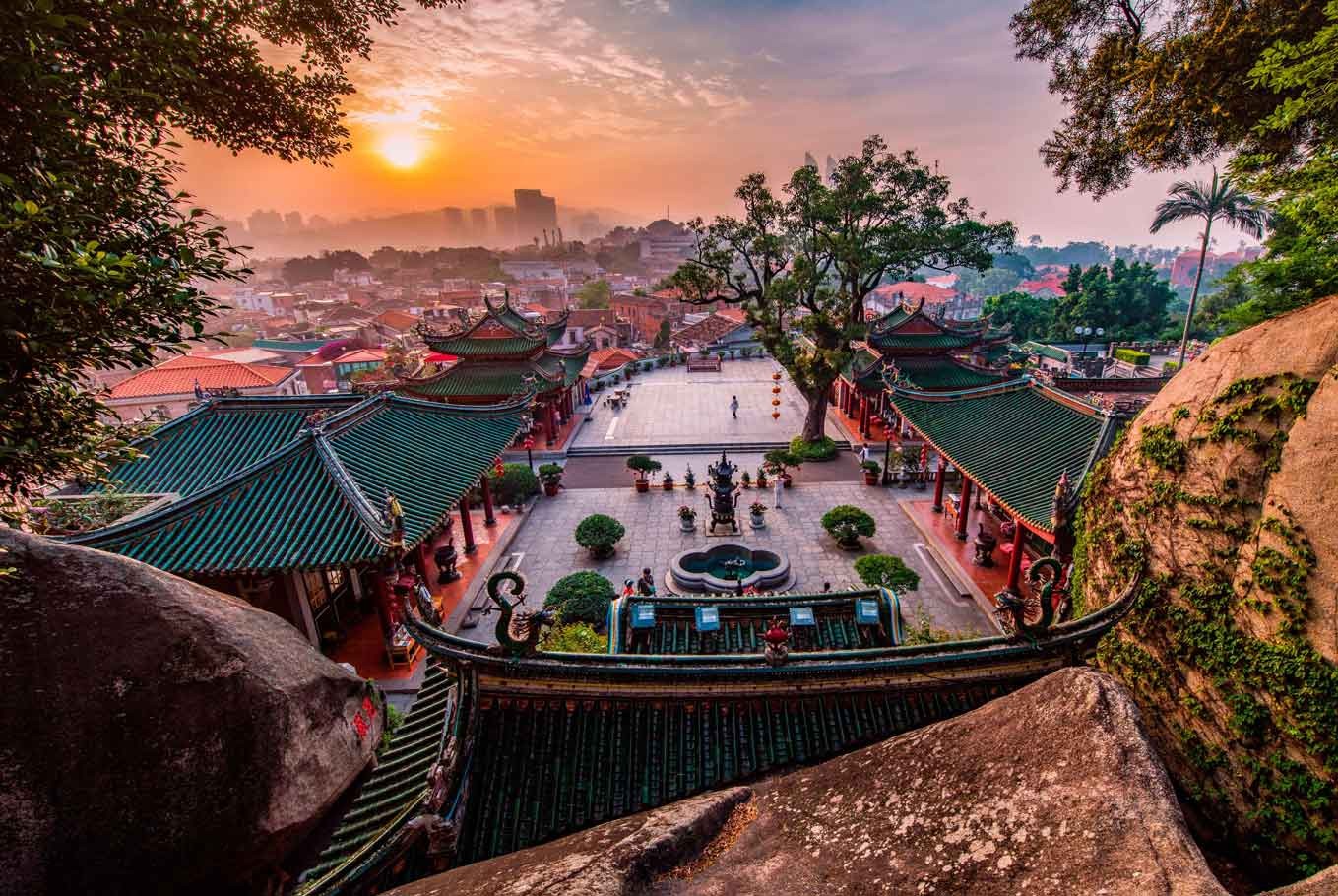 Sunlight Rock Temple towards the rising sun in Kulangsu, China.(Cultural Heritage Conservation Center of THAD via UNESCO/Qian Yi)
Sunlight Rock Temple towards the rising sun in Kulangsu, China.(Cultural Heritage Conservation Center of THAD via UNESCO/Qian Yi)
One of two sites in China added to the World Heritage List this year, Kulangsu (also known as Gulang Island) is a tiny island located on the estuary of the Chiu-lung River that faced the city of Xiamen.
The historic site became an important window to foreign exchange in China after the commercial port opened in Xiamen in 1843, which subsequently established the island as an international settlement by 1903.
"Kulangsu is an exceptional example of the cultural fusion that emerged from these exchanges, which remain legible in its urban fabric. There is a mixture of different architectural styles including Traditional Southern Fujian Style, Western Classical Revival Style and Veranda Colonial Style," said the UNESCO statement.
The fusion of international aesthetic influences created a new architectural movement unique to the area called Amoy Deco Style, which is a synthesis of the Modernist style of the early 20th century and Art Deco.
Read also: What to know about UNESCO heritage sites in Indonesia
Hoh Xil Plateau, Qinghai
Where: China
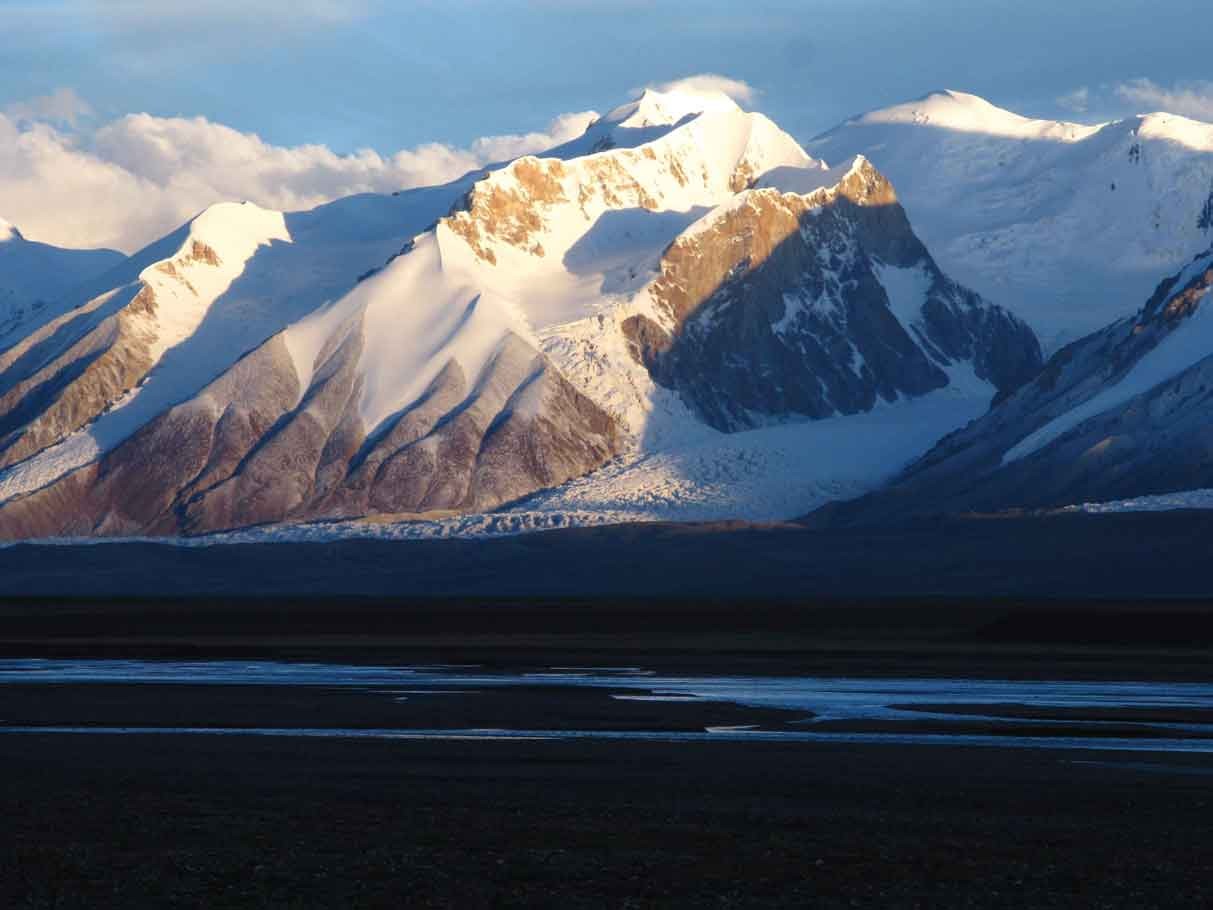 The Mount Bukadaban located in the Hoh Xi plateau in the Qinghai region, China.(Peking University via UNESCO/Hoh Xil Nature Reserve Administration)
The Mount Bukadaban located in the Hoh Xi plateau in the Qinghai region, China.(Peking University via UNESCO/Hoh Xil Nature Reserve Administration)
The second site in China added to the list this year is the Hoh Xil plateau in the Qinghai region. Located in the north-eastern extremity of the Qinghai-Tibetan Plateau, Hoh Xil is "the largest and highest plateau in the world". The area comprise of alpine mountains and steppe systems situated more than 4,500 meters above sea level, creating year-round sub-zero average temperatures.
Its unique biodiversity includes the Tibetan antelope, where China claims the area is a key migratory route of the endangered large mammal.
The BBC reported Tibetan rights groups have criticized the UN's cultural body's decision, saying that the move may embolden Beijing to resettle Tibetan nomads who currently live as herders on the Hoh Xil plateau. China however had said it nominated Hoh Xil out of conservation concerns.
Landscapes of Dauria
Where: Mongolia and Russia
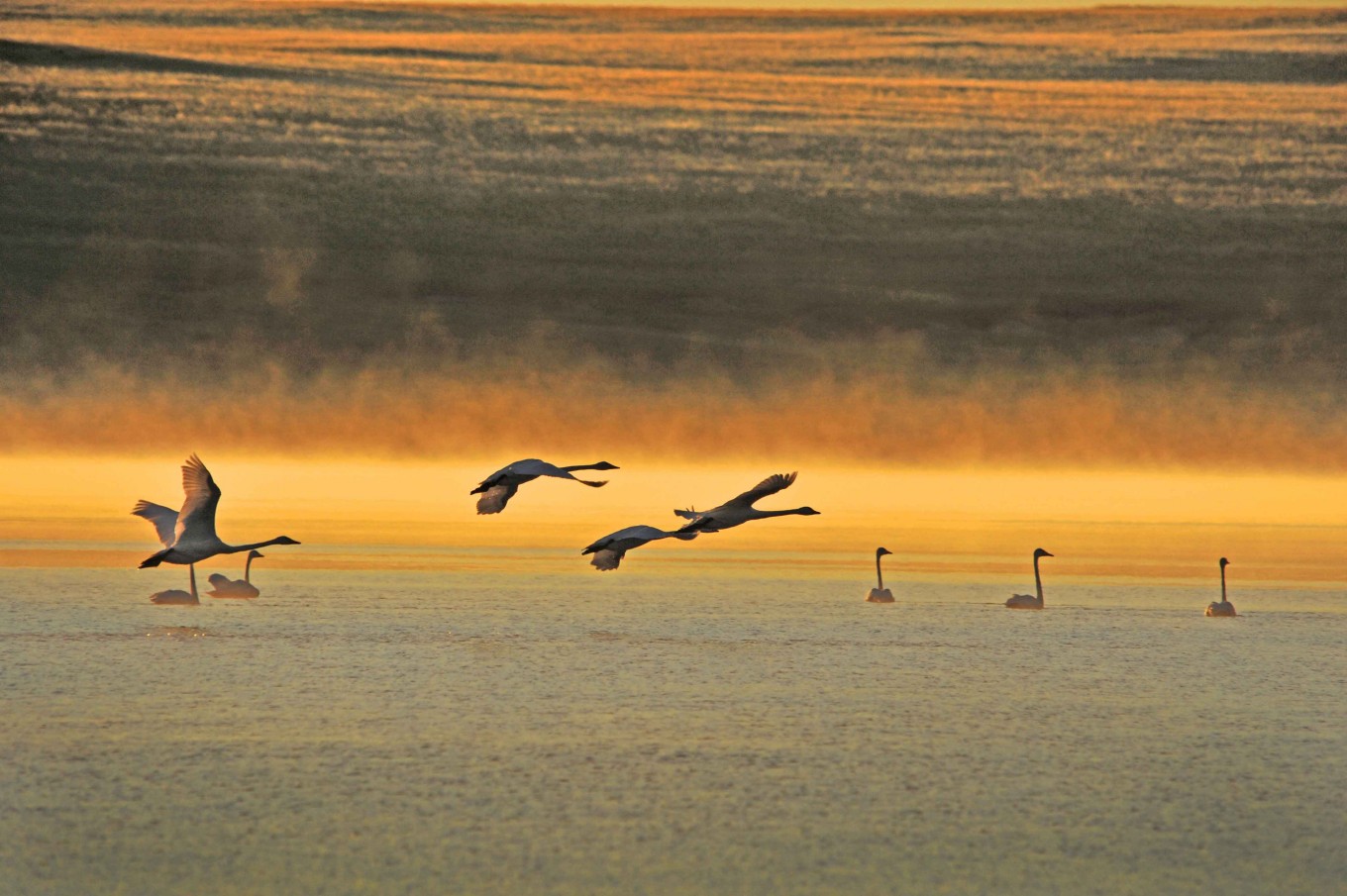 The Torey lakes in the Dauria landscapes, a transboundary site shared between Mongolia and Russia.(UNESCO/Evgeniy Kokukhin)
The Torey lakes in the Dauria landscapes, a transboundary site shared between Mongolia and Russia.(UNESCO/Evgeniy Kokukhin)
The landscapes of Dauria is a transborder site shared by Mongolia and Russia. UNESCO notes the site as an "outstanding example of the Daurian Steppe eco-region" with cyclical climate changes that create a wide diversity of species and ecosystems of global significance.
The vast natural site is home to rare species of fauna, such as the white-naped crane and the great bustard, as well as millions of vulnerable, endangered or threatened migratory birds. It is also a critical area on the migration path of the Mongolian gazelle. (kes)

